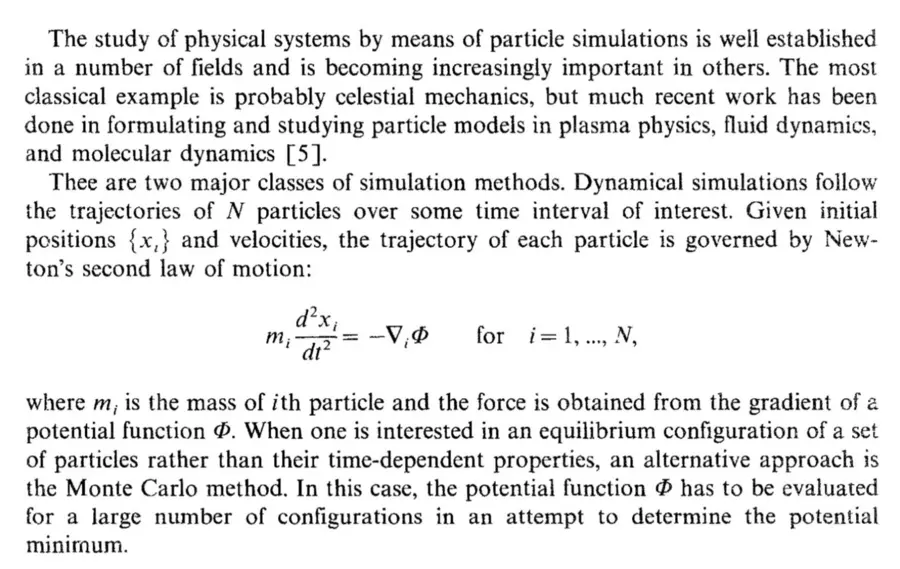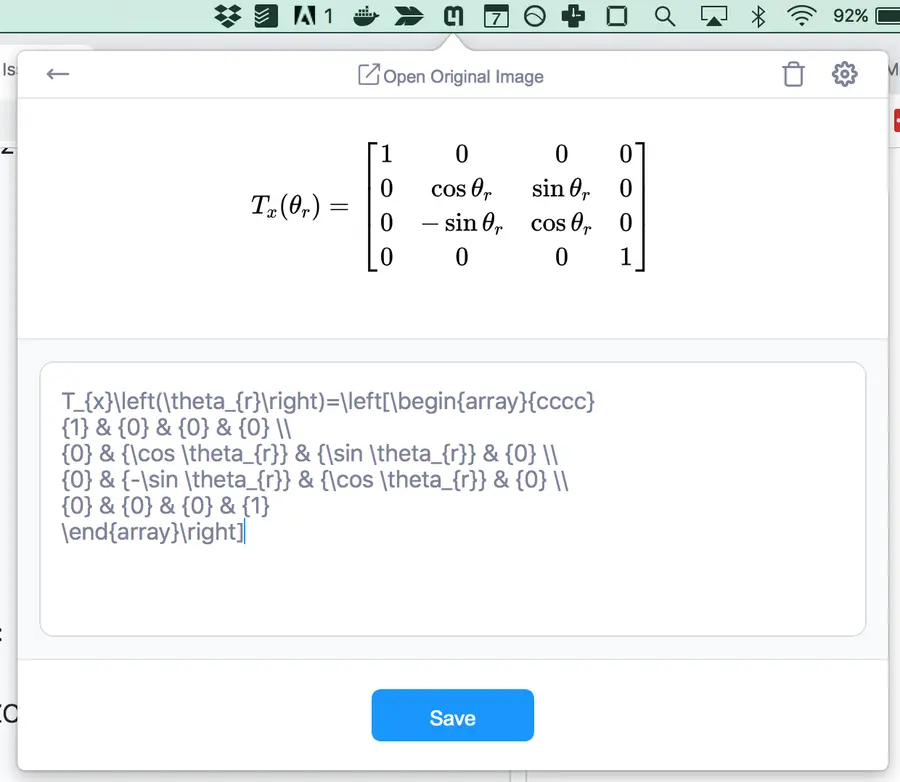New API endpoint for text
We are happy to announce that our new API endpoint
v3/text is now in public beta. We highly recommend that search and typesetting apps switch to using this new endpoint. After a few months of testing and bugfixes, we plan to remove the beta flag. The API specs for v3/text are available at https://docs.mathpix.com/#process-image-v3-text-beta.The goal of
v3/text was to provide a simpler and more robust way of extracting all math and all text in an image. It uses a different algorithm that is much better at reading a large amount of text. Traditionally, MathpixOCR has always struggled at reading more than a single paragraph at a time. Now, we can read up to a full page of mixed text and math (although we don’t support double columns yet). Text is represented as simple text (instead of using \text), inline Latex is enclosed in inline delimiters (by default \( ... \)), and block mode Latex is enclosed inside block mode delimiters (by default \[ ... \]). We chose these defaults because they are standard in modern Latex and Markdown editors.New features
v3/textstrips newlines, except in cases where they are semantically important, whereasv3/latexreturns all newlines that appear visuallyv3/textcurrently only returnstextandlatex_styledoutput options;textis always set in the response JSON if there’s readable text in the image. On the other hand,latex_styledis not returned when in the input is a text heavy image; in some cases there is ambiguity about whetherlatex_styled(math mode) andtext(text mode) make more sense for a given image; in such cases we return both options- multiple choice questions are represented one line at a time in
v3/text textandlatex_styledcontain newlines in math mode when they make sense in order to make the resulting Latex code more readable
Limitations
- not available in batch API yet
- still in beta, bugfixes coming soon
Examples
Just text

returns:
- By inserting a dielectric material between the plates of a parallel plate condenser, the energy is increased five times. The dielectric constant of the material is
Multiple choice

which gets rendered as:
Equation of circle touching
(1)
(2)
(3)
(4)
(1)
(2)
(3)
(4)
Paragraphs and block mode math
Here’s a demo of v3/text working on multiple paragraphs:
Input image:

Text result:
The study of physical systems by means of particle simulations is well established
in a number of fields and is becoming increasingly important in others. The most classical example is probably celestial mechanics, but much recent work has been done in formulating and studying particle models in plasma physics, fluid dynamics, and molecular dynamics [ 5] Thee are two major classes of simulation methods. Dynamical simulations follow the trajectories of
in a number of fields and is becoming increasingly important in others. The most classical example is probably celestial mechanics, but much recent work has been done in formulating and studying particle models in plasma physics, fluid dynamics, and molecular dynamics [ 5] Thee are two major classes of simulation methods. Dynamical simulations follow the trajectories of
where
Newlines inside math to make text more legible

Conclusion
Questions or comments? Get in touch! nico@mathpix.com